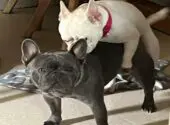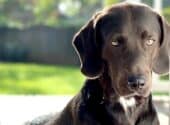The Labrador Retriever has been a steadfast companion to several esteemed world leaders, such as former United States President Clinton. These dogs have been especially beloved by musicians too.
Likewise, Beagadors have found a special place in the hearts of celebrities.
The list of reasons these two breeds have won the hearts of millions is endless. So, if you are having a tough time deciding between getting a Beagle or a Labrador Retriever, we have good news for you. You can get the best qualities of both breeds in one fur baby: the Beagador.
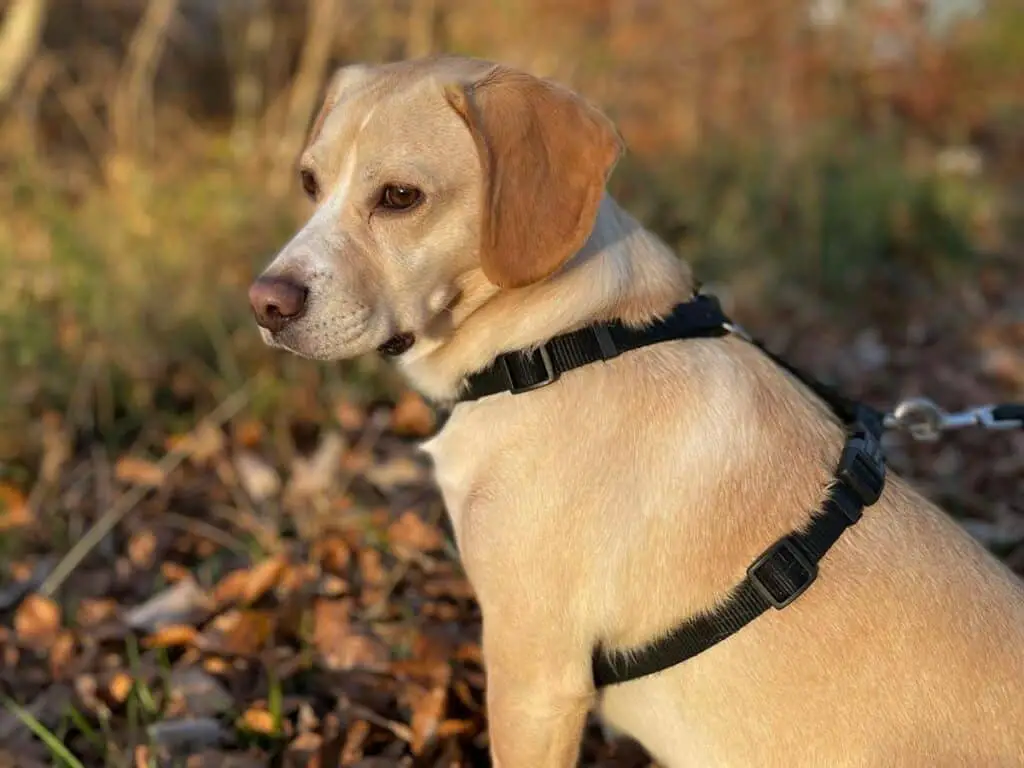
Quick Facts: Beagador
Height
19 - 24Weight
30 - 40Lifespan
12 - 15Breed Size
medium (26-60 lbs.)Breed Type
mixedBreed Group
companionTemperament
anxious, friendly, gentle, outgoing, playful, protective, affectionate, agreeable, active, intelligentGood With
families, other dogs, catsIntelligence
highShedding
infrequentExercise Needs
highBarking Level
highEnergy level
highDrool Amount
lowCoat Type
short and denseCoat Patterns
bi-color, tri-colorColors
black, brown/chocolate, red, white, copper, light brown, tan, brown, yellow, lemonOther Characteristics
high potential for weight gain, prone to health issues, tendency to chewBeagador Highlights
- This mixed breed is distinguished by their relatively petite stature when compared to that of a Labrador, yet they possess an elongated body. The snout appears to be moderately long and slender.
- The great strength of the Beagador is evident in its muscular shoulders.
- Due to the mixed nature of a Beagador, it is difficult to determine its exact temperament accurately. Depending on the individual dog, a Beagador is usually characterized as possessing both Lab and Beagle personality traits.
- The Beagador exhibits a remarkable capability to coexist with other pets. Beagadors are highly observant, utilizing their exceptional sense of smell to investigate their surroundings.
- Beagadors are most appropriate for larger households or residences where somebody is almost always present to keep the dog company.
History
The Beagador is the result of cross-breeding the popular breeds Beagle and Labrador.
While the origins of Beagadors are uncertain, it is believed that they were first bred in the United States by an unknown individual to produce a loving, loyal, and obedient canine companion.
As we have limited knowledge about the Beagador, let’s look at the parent breeds to gain further insight into the mixed breed’s inherent characteristics.
Australian Shepherd
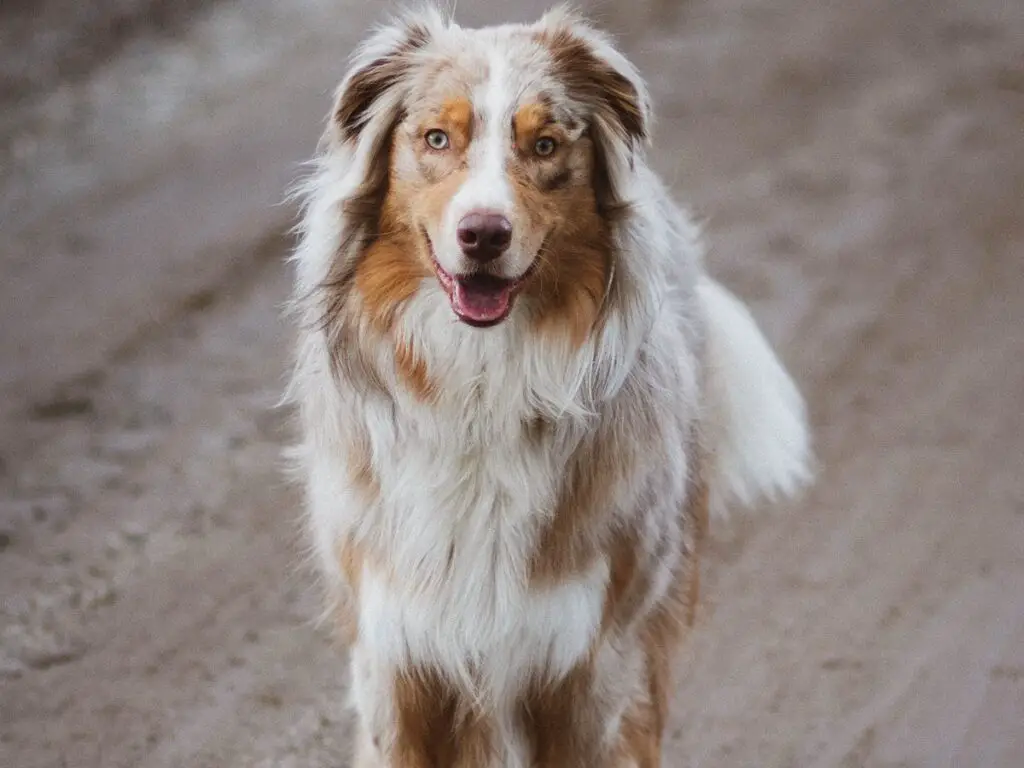
The origin of the Anatolian Shepherd Dog appears to date back to hunting dogs from Mesopotamia, suggesting a very ancient breed. Through the ages, they have been adapted to best suit their environment and responsibilities; this process was heavily impacted by factors such as duties, climate, and lifestyle.
This breed can be found in its homeland in Turkey, where it has traditionally served as a herder’s friend and guardian for livestock; it was selectively bred to share qualities with the farm animals so that potential threats would not be able to differentiate these shepherd dogs from their prey.
During the 1970s, breeders in Western countries began to exhibit increased interest in Anatolian Shepherds. They subsequently ignited a process by which landrace natural breeds could steadily be transformed into modern variants; this was achieved through various means, such as documenting origins from particular ancestors and forming breed standards that set forth requirements.
The first kennel likely arrived in America during the late 1930s, when they became part of a study that was intended to find what type of dog would make an exemplary sheepdog.
Great Pyrenees
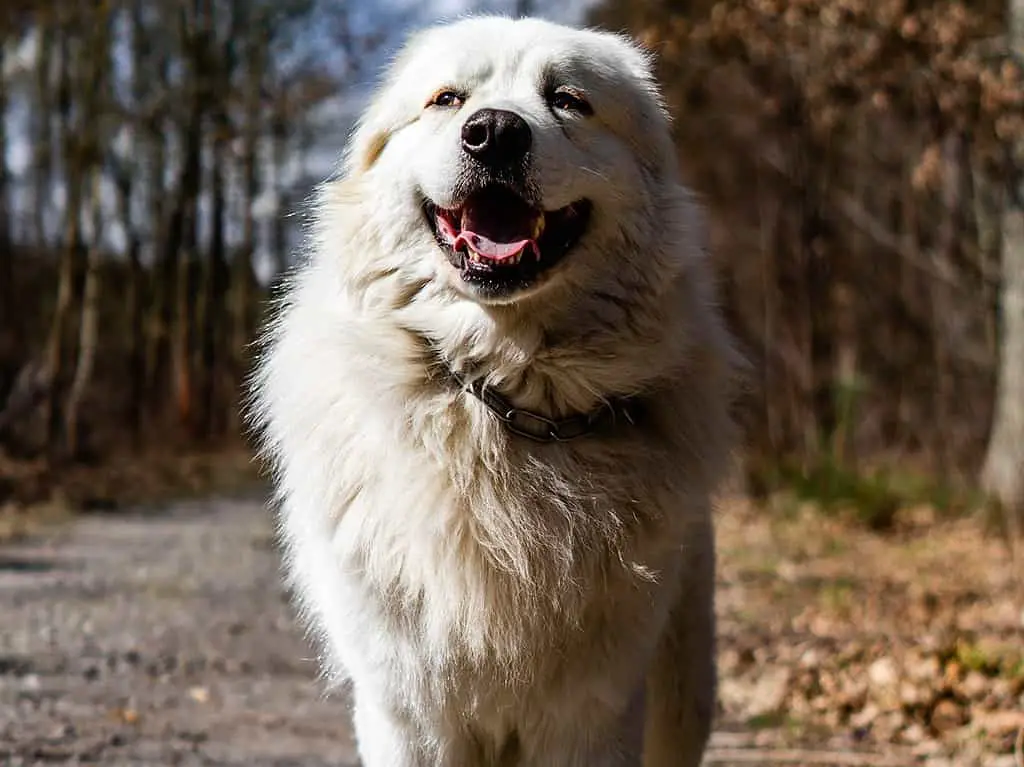
It is believed that the Great Pyrenees descended from a collection of predominantly white mountain flock guard canines dating back to around 10,000 or 11,000 years ago in Turkey. This theory is further supported by the likelihood that these large white dogs were brought to the Pyrenees Mountains with their herdsmen and domestic animals dating as far back as 3000 BC.
In 1931, Mr. and Mrs. Crane imported a number of Great Pyrenees in an effort to establish the breed in North America with the formation of Basquaerie Kennels at Needham, Massachusetts; their dedication to the cause enabled the breed to remain robust and continue developing. They also acquired valuable breeding stock from Europe prior to World War II restricting access from the continent.
On February 1935, the American Kennel Club approved the official standard of the Great Pyrenees, more commonly called Pyrs. Described by its characteristics as a kind, intelligent and regal breed of immense size, Pyrs can be a strong addition to any home.
Appearance
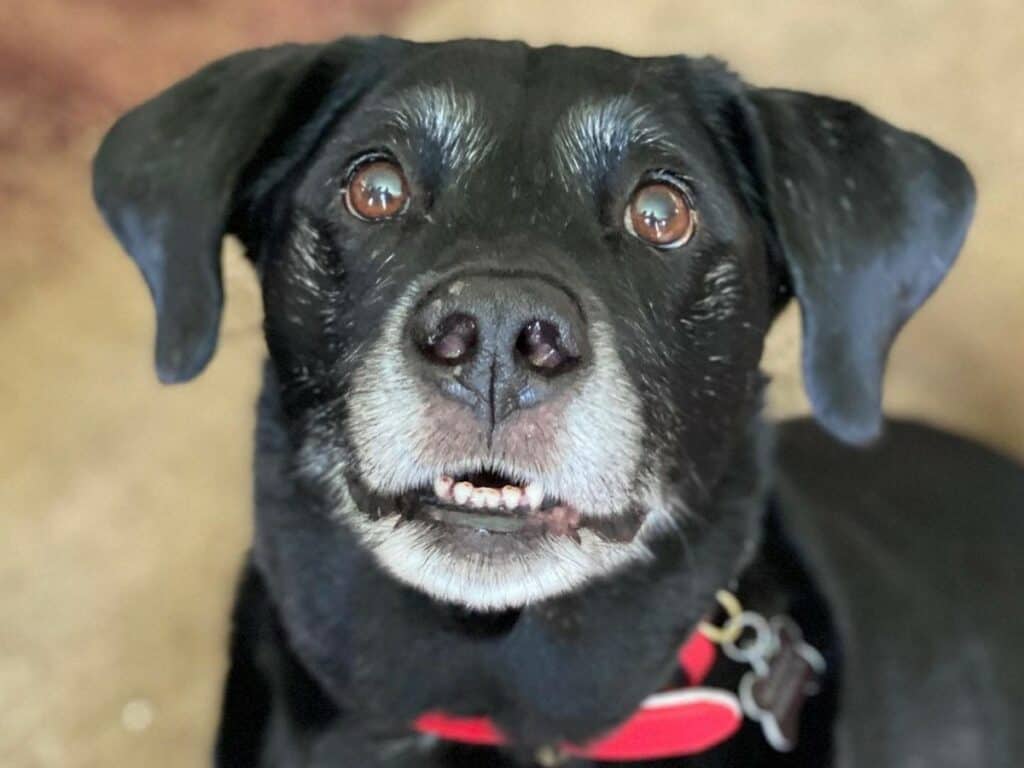
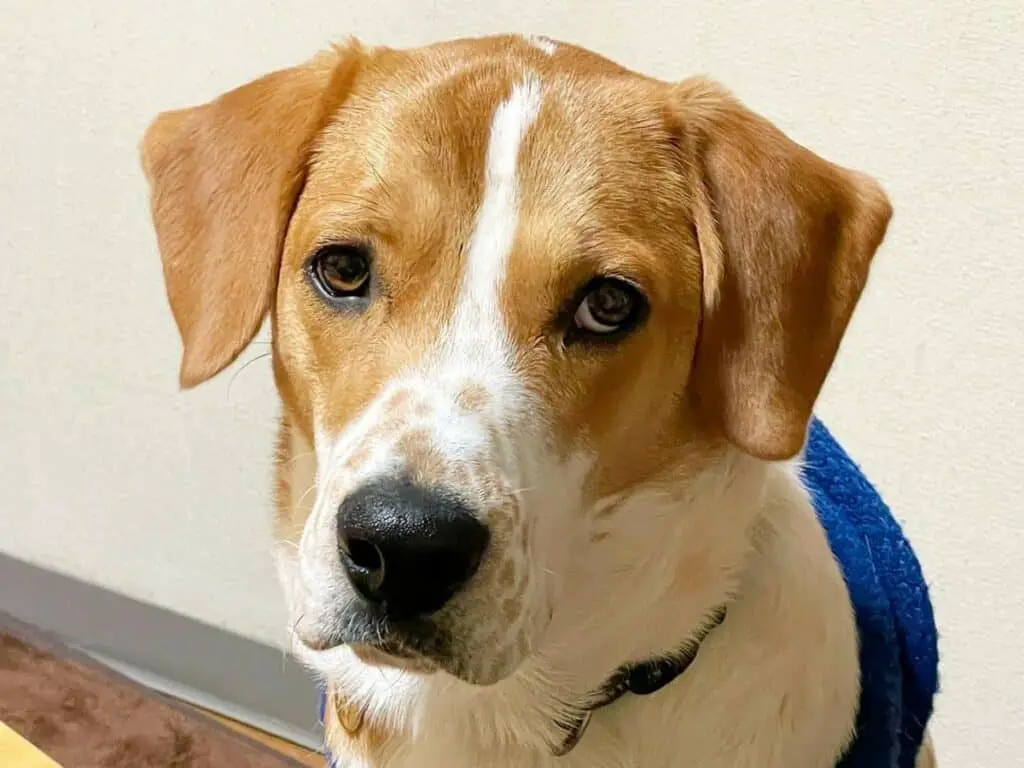
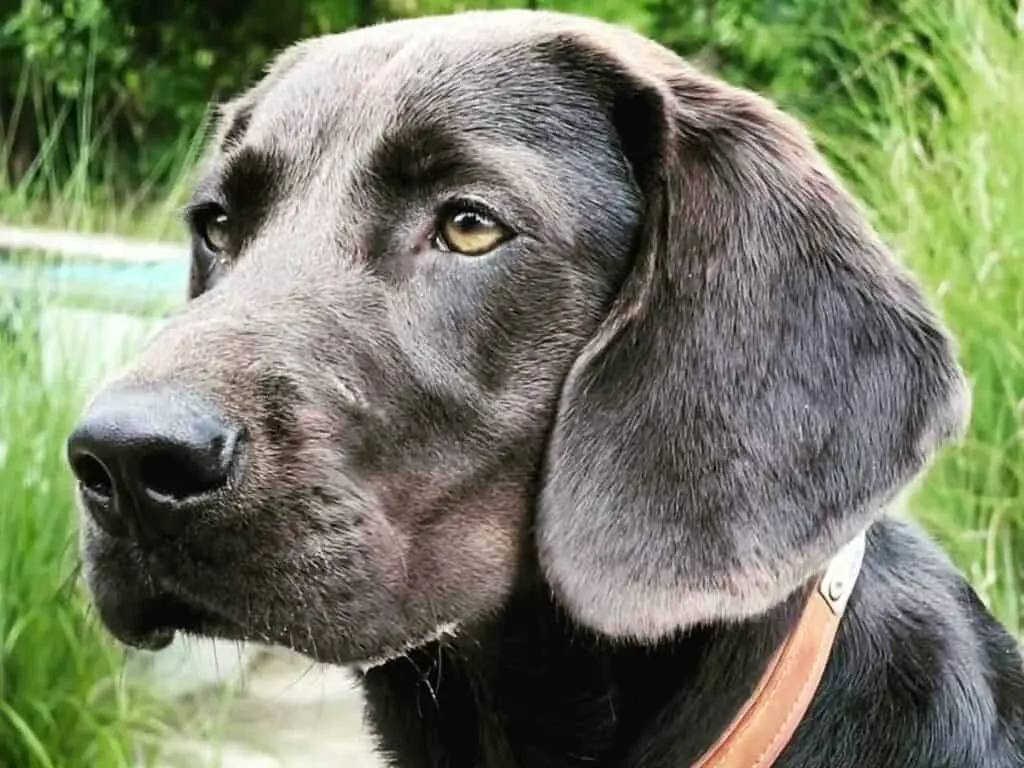
The Beagador will display more physical characteristics of the Beagle than those typical of the Lab. It will feature a slightly shorter snout than its Labrador ancestor and an overall decreased stature compared to the said breed.
A noteworthy characteristic of the Beagador is its elongated body, which closely resembles that of a Labrador Retriever, despite its lack of height. On the contrary, the feet of the Beagador are distinctly different from those of the Labrador Retriever; they are straight and open instead of webbed.
The Beagador features a strong neck and an abundance of excess skin around the neck and mouth region. This dog also displays exceptional strength, and its muscular shoulders indicate that strength.
Beagador Size
The crossbreeding of a Lab and Beagle will likely create a medium-sized dog. Generally, Beagadors stand between 19 and 24 inches and weigh between 30 and 40 pounds when fully grown.
Beagador Colors
The Labrador Retriever has three standard colors established by the official breed registry: chocolate, black, and yellow. However, the Beagle has an extensive range of available color combinations. It can be found in many distinct varieties, including fawn, red, black, blue, lemon, white, brown and tan.
Therefore, various attractive color combinations may be observed on the Beagador.
Coat
Crossbreeding a Beagle and Labrador retriever will produce offspring with the same short, double-coated fur.
Those who have acquired the Lab’s water-repellent coat may have an unpleasant smell when wet. Fortunately, this unpleasant odor will subside as soon as their fur dries completely.
The Beagador, like other breeds with double coats, will experience a moderate level of shedding throughout the year. This amount of shedding is likely to increase during certain seasons.
Unless you are prepared to tolerate a home full of dog fur or accommodate allergies in the household, this specific breed may not be suitable for you.
Personality
As a mixed breed, it can be difficult to predict its disposition accurately. It could show temperament characteristics similar to the Lab or those of the Beagle.
The disposition of a Beagador relies largely on the specific canine. Generally, this breed possesses balanced personalities — calm and well-mannered. These dogs show a great affinity for their families. They display a great degree of loyalty and affection towards their owners, cultivating strong emotional bonds quickly.
The Beagador, though similar in many ways to the Labrador breed, possesses a distinct trait in its desire for companionship with its family and eagerness to please. It can coexist harmoniously in a shared residential space with other animals, making it an ideal choice for households with multiple pets.
The Beagador is prone to becoming easily bored and does not take kindly to solo time. If you are going out for extended periods of the day, the Beagador may become destructive, such as chewing on furniture.
Beagadors are keen to detect and observe, often utilizing their powerful sense of smell to survey their environment. This behavior lets them detect patterns or changes as they explore their surroundings.
Beagadors possess great courage, making them fearless and capable of standing up to strange situations. They are reliably protective of their homes by barking at all outsiders, thus ensuring safety as an effective watchdog.
Read also: Treating Dog Anxiety with Benadryl: What You Need To Know
Health
Due to the mixed heritage of the Beagador puppy, it may acquire health problems from its purebred parents. These include degenerative eye conditions, obesity, hip dysplasia, and other genetic diseases.
Inherited degenerative eye disorders and dwarfism cannot be prevented. Communicate with the breeder ahead of purchasing a Beagador to ascertain its lineage.
Moreover, proper physical activity and nutrition can prevent obesity and hip dysplasia in Beagadors.
Owners should educate themselves on these matters to identify warning signs in the earliest stages of development. Additionally, we recommend that they select a reliable breeder who conducts health evaluations on their canines to reduce the probability of occurrences.
Lifespan
The expected life expectancy for a Beagador is between 12 to 15 years. However, by providing the appropriate care and medical attention, it is possible for them to have extended lifespans and reach elderly age in optimal health.
Care
Beagadors have tons of energy, so you should incorporate that into their exercise routine. It is recommended that these dogs receive at least one hour throughout the day of physical activity to prevent undesirable behavior.
If Beagadors are deprived of physical or recreational activities, they may display negative behaviors like destroying objects due to the lack of constructive outlets for their energy. Chewing is typically one of the more active examples of undesirable behavior among this breed.
But that’s not all. These dogs are also predisposed to hip and joint issues, as well as obesity, if adequate exercise is not provided.
Diet
Your Beagador may want to try eating anything they can find, but you must ensure their diet is balanced and nutritious. Little pups like them tend to get overweight, so you better watch out.
Do not provide the Beagador with portions of food beyond what is necessary. It is generally advised that these pets be given 1-2.5 cups of food each day to ensure adequate nutrition and good overall health. However, this amount may vary in consideration of the lifestyle that they lead.
Read also: How Many Cups Are In A Pound Of Dog Food?
Letting your Beagador overindulge in food may be tempting; however, it is important not to give into this impulse as prolonged overeating can be detrimental to their health.
Provide food-rich minerals and vitamins to highly active Beagadors so their muscles and bones remain healthy. And when transitioning your Beagador to a different food, do so gradually to prevent any gastrointestinal issues.
Grooming
Grooming the Beagador is easy. You only need to do bi-weekly brushing to remove loose hair and dander. Doing so will help to maintain the pup’s coat and keep it clean.
To avoid the consequences of painful and costly dentistry proceedings, incorporate a regular tooth brushing regimen three times a week in your pup’s life from an early age. Additionally, ensure to clip their nails every two months for optimal health and comfort.
And don’t forget: check your Beagador’s ears every week, looking for the accumulation of dirt and wax. Cleaning should be done if either element has built up.
Beagador Puppies
The price range for Beagador puppies is typically between $500 and $1000.
Before welcoming a Beagador to the home, research the pup’s ancestry and ascertain that they come from reputable breeders with healthy lineages. These preventative measures can help alleviate financial and emotional stress in the future.
Children and Other Pets

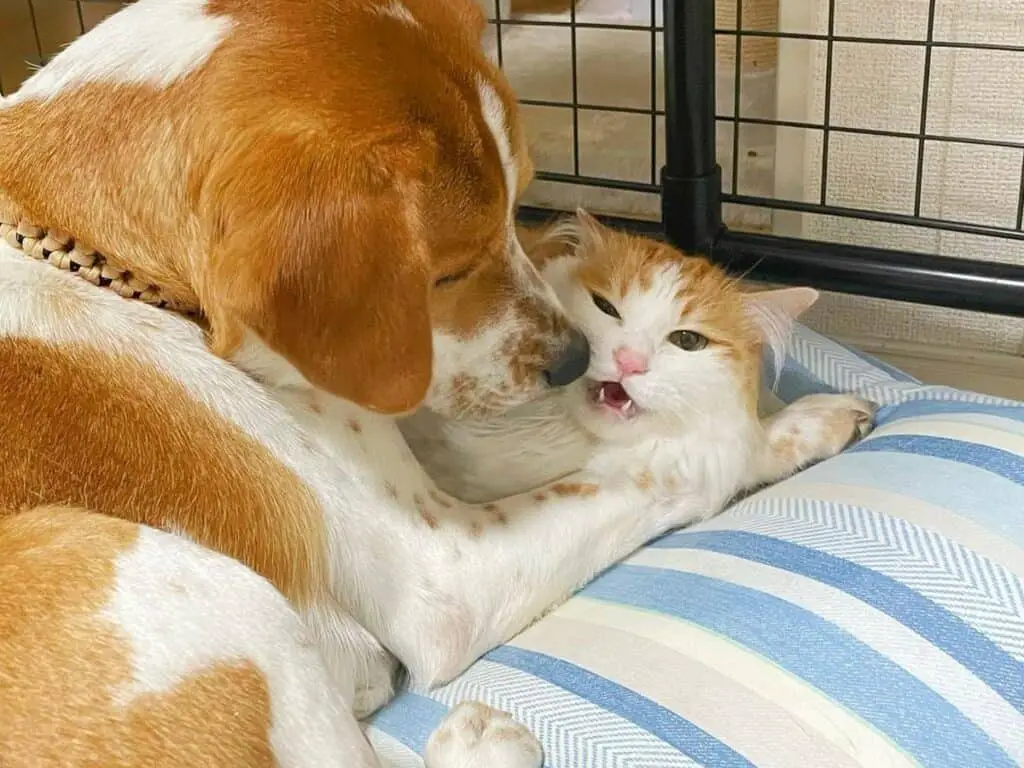
Beagadors are known to exhibit friendly behavior towards other humans, including being tolerant of children who engage in playful activities. That said, children must be aware that Beagadors are not infinitely tolerant and patient and thus must learn how to interact with them appropriately and prevent any potential aggression or biting.
Moreover, Beagadors are known for their sociable personalities, making them compatible with other animals. It is important to proceed with caution in introducing a Beagador to other pets as they can be reactive if the encounter is not managed properly.
Rescue Groups
Several great rescue groups out there specialize in helping these pups find forever homes. These organizations work hard to save abandoned or homeless Beagadors and educate potential fur parents in responsible pet ownership.
Midwest Labrador Retriever Rescue
Beagador FAQS
How much is a Beagador?
Beagador puppies usually cost between $500 and $1000.
Are Beagadors smart?
Beagadors are smart dogs, picking up commands quickly and accurately.
Are Beagadors good dogs?
Beagadors are good dogs that can live in homes with young children. They are also well-suited for multi-pet homes as they form strong bonds with every member of the family.
How many years do Beagadors live?
With adequate care, you can expect to enjoy their company for around a decade and a half.
Beagador Fun Facts
- The Beagador is also called Labbeag, Labbe, Labrador Beagle Mix, and Beagle Lab Mix.
- Due to its high energy levels, this dog can run long distances without fatigue.
- Unsurprisingly, their appetite matches their energy levels — these dogs tend to keep their Lab parent’s stomachs and their Beagle parent’s affectionate nickname of “Chow Hound” with them. As a result, they consume whatever food is available.
Reference
German, A. J. (2006). The growing problem of obesity in dogs and cats. The Journal of nutrition, 136(7), 1940S-1946S.


